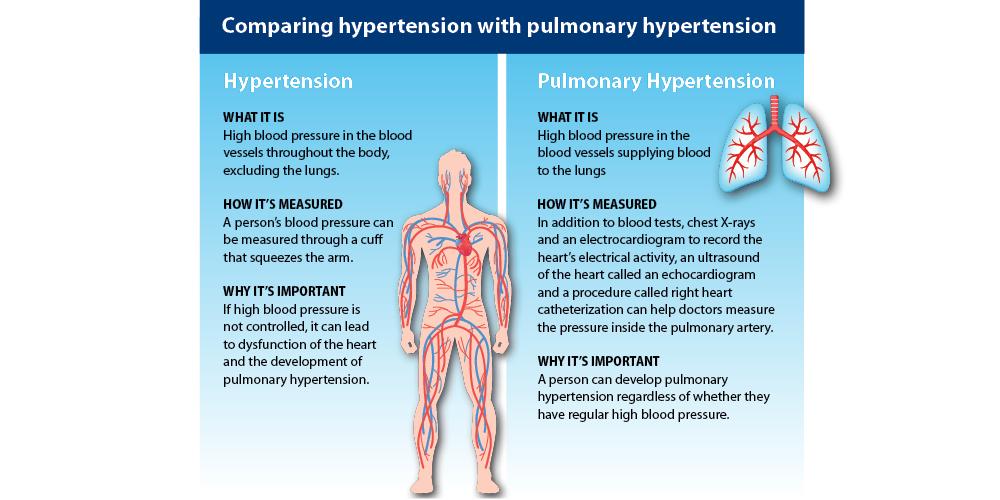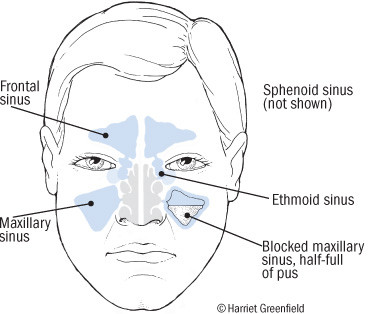Neck pain, also known as cervicalgia, is a widespread issue, affecting two-thirds of the population at some point in their lives. This discomfort, though primarily felt in the neck, can stem from various spinal problems. The pain may result from muscular tightness in both the neck and upper back, or from the pinching of nerves.

The nature of neck pain can vary. Acute pain usually relates to tissue injury and is known as nociceptive pain. Chronic pain, on the other hand, is often neuropathic, originating from a damaged or irritated nerve, with the brain now generating the pain signals. For more detailed information, you can refer to the article What could cause my persistent neck pain? by Harvard Health.
Sleeping positions can also play a significant role in neck pain. For example, sleeping on your stomach requires turning the head to one side, and side-sleeping without proper support can push the neck toward the shoulder. Such positions, if maintained for hours, can strain neck muscles and lead to pain.
Neck pain is not just a discomfort but a serious health concern. The neck supports the weight of the head, and various factors can contribute to neck pain. An updated Special Health Report by Harvard Health provides an extensive guide on the many causes of neck pain and offers strategies for relief, function restoration, and injury prevention.
Injuries to muscles, ligaments, or tendons in the neck or shoulder can cause pain ranging from mild to severe. Such injuries may be immediately noticeable after falls or sports activities, but sometimes the pain can emerge without an apparent cause. Identifying the exact cause can be challenging. For more insights, visit 5 possible causes of neck and shoulder pain by Northwell Health.
Furthermore, conditions like nerve compression in the neck (cervical radiculopathy) or even tennis elbow can cause referred pain in the shoulder. The University of Virginia School of Medicine’s Dr. Joshua Li offers insights into neck and arm pain, describing it as burning or sharp, and often exacerbated by certain neck movements. Symptoms may include tingling, weakness, or loss of sensation in the arms, shoulders, or hands. For more information, refer to Neck & Arm Pain.
In conclusion, understanding and addressing the underlying causes of neck pain is crucial for effective relief and prevention. Today’s treatments offer significant relief, even when the exact cause of the pain is not clear, helping individuals restore function and prevent further injury.


